Changing motorcycle coolant is easy to overlook when maintaining your bike. It tends to be out of sight, out of mind. But using a good antifreeze and coolant is important to protecting your bike against extreme heat and corrosion. Here’s what to look for next time you plan to change motorcycle coolant.
Motorcycle coolant must dissipate heat
Reducing engine heat is the coolant’s number-one task. The combustion chamber creates intense heat, easily hitting 1,500°F (816°C), depending on operating conditions, ambient weather and engine configuration.
Metal expands when hot, and your motorcycle’s engine was built to allow for a certain amount of metal expansion. Extreme heat, however, can cause metal parts to expand beyond tolerances, causing metal-to-metal contact. The piston, for example, can expand too much and scuff against the cylinder wall. The cylinder head can warp and create a head-gasket leak. Then it’s a matter of time until the engine fails.
The motorcycle coolant has to absorb heat and carry it to the radiator where it dissipates into the atmosphere. Most powersports applications, including motorcycles, ATVs and dirt bikes, require use of ethylene glycol coolant since it does a great job dissipating heat. The coolant’s boil-over rating gives an idea how well it protects against heat. AMSOIL Powersports Antifreeze & Coolant prevents boil-over up to 226°F (108°C).
Motorcycle coolant must prevent corrosion
If “dissipate heat” is the number-one task of motorcycle, ATV, dirt bike and other powersports coolant, preventing corrosion is task 1B.
Most powersports cooling systems use increased aluminum compared to passenger-car cooling systems. Some also use magnesium. These metals provide a strong, lightweight alternative to iron, but they are more sensitive to water quality and corrosion.
Engine configuration also can place increased demand on the coolant’s ability to fight corrosion. In the past, most powersports engines included coolant passages around the cylinder and head only, not within the engine block, like a car engine. Around the mid-2000s, however, manufacturers began introducing engines with liquid-cooled blocks to increase efficiency. While this design helps cool the engine better, it exposes the coolant to more metal, increasing the need for corrosion protection.
We’re even seeing Harley-Davidson, the king of air-cooled engines, break with tradition and introduce more engines with liquid cooling. Some Harley Road Glides, Tri-Glides and Ultra-Glides now include a liquid-cooled cylinder head.
If corrosion forms in powersports cooling systems, it can reduce heat transfer, increasing engine temperatures. If bad enough, it can clog coolant passages and restrict flow, which can lead to overheating. Metal that corrodes can also create cooling-system leaks, leaving a mess on your garage floor and a large repair bill in your hands.
For best protection, use a motorcycle coolant or other powersports coolant that’s pre-mixed 50/50 with highly purified water. This eliminates contaminants that can hasten corrosion. The coolant should also contain potent additives designed specifically for aluminum, magnesium and other metals found in powersports cooling systems.
Long-lasting formulation
While not required, using a long-life formulation also provides benefits. Most enthusiasts don’t want to deal with the hassle of changing coolant more than needed. Using a long-life formulation reduces maintenance and increases convenience.
AMSOIL Powersports Antifreeze & Coolant
AMSOIL Powersports Antifreeze & Coolant checks all the boxes and does everything a good motorcycle, ATV, dirt bike and other powersports coolant must do. Its advanced design helps control operating temperatures in hot-running, high-revving powersports applications. Its extended-life formula provides all-season protection for up to five years. Mixed with high-purity water, it helps prevent scale and deposits to keep your engine running clean.
- Pre-mixed 50/50 with high-purity water
- Ethylene-glycol formulation meets OEM requirements
- Extended-life formulation lasts up to five years
- Borate-, nitrite- and phosphate-free
- Safe for copper, brass/bronze alloys and aluminum
- Boil-over protection up to 226°F (108°C)
- Freeze protection down to -34°F (-37°C)
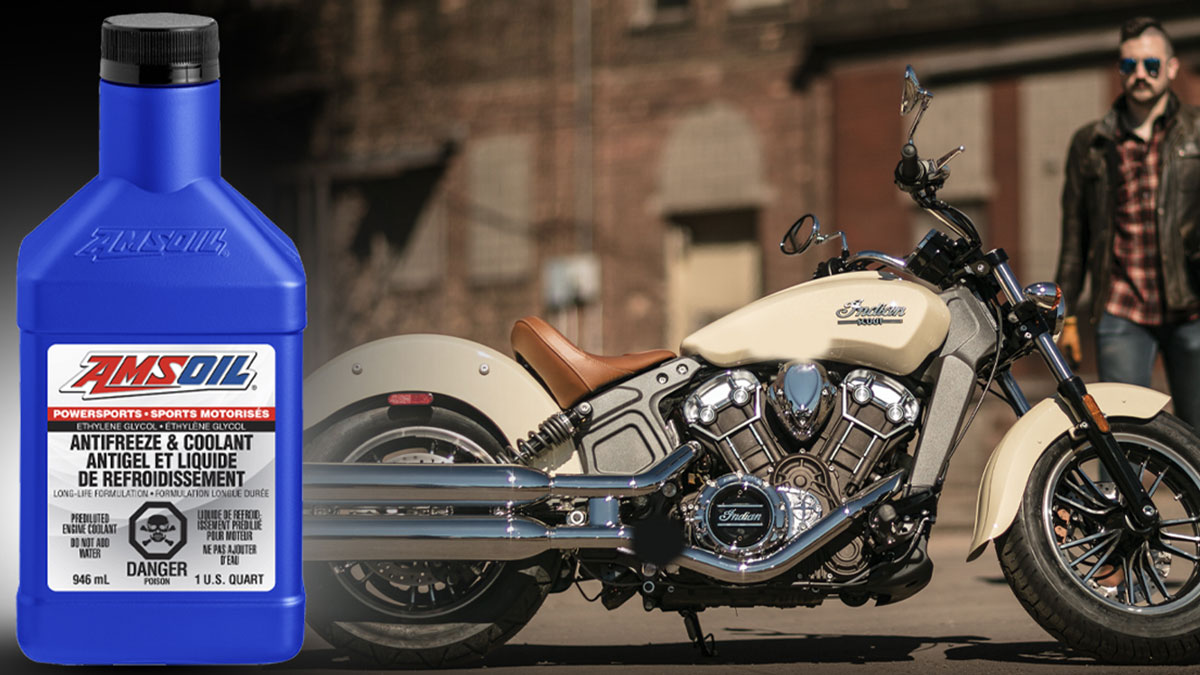

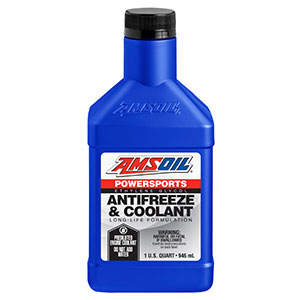
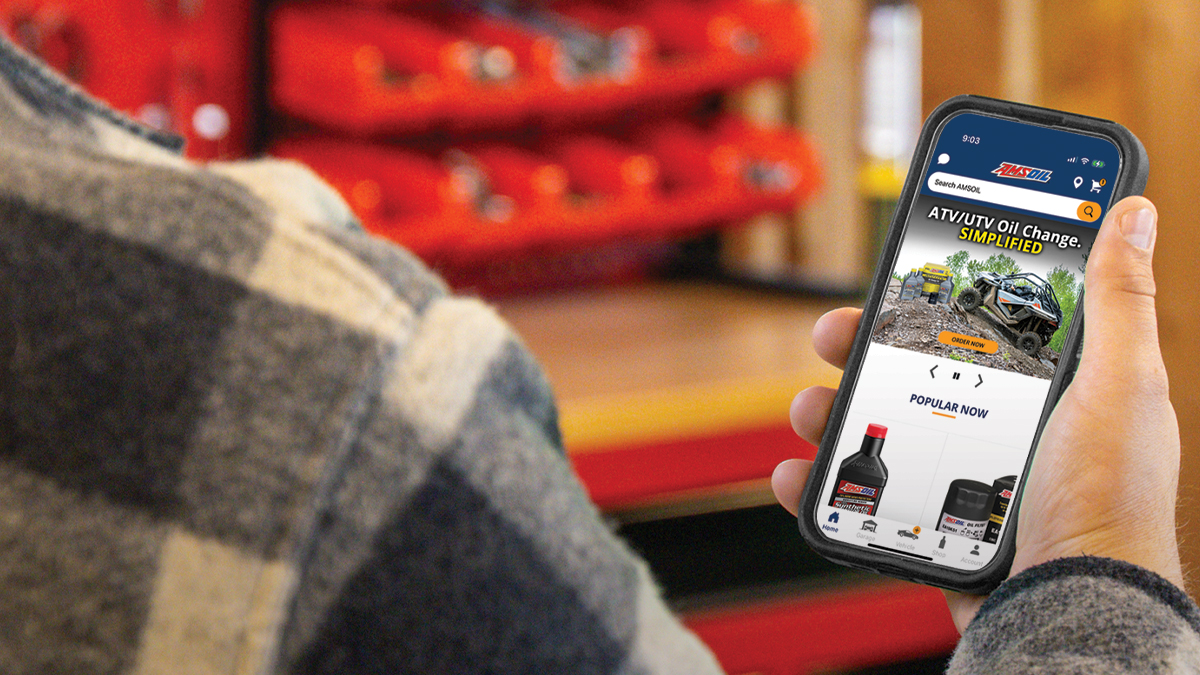
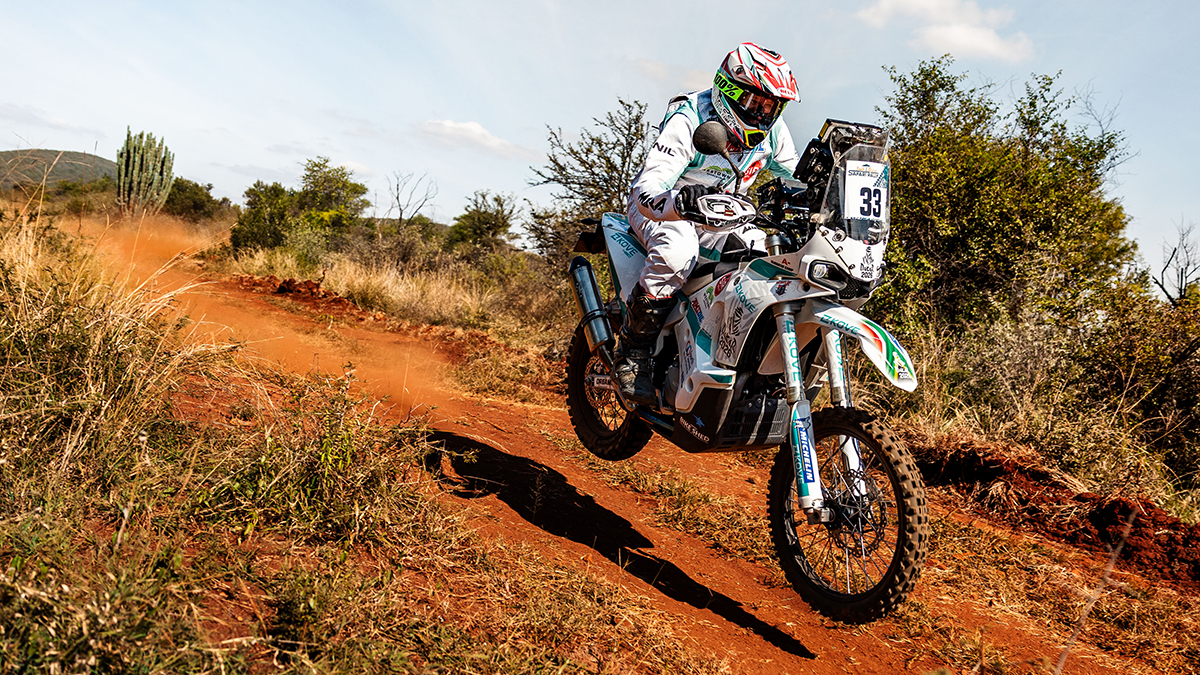
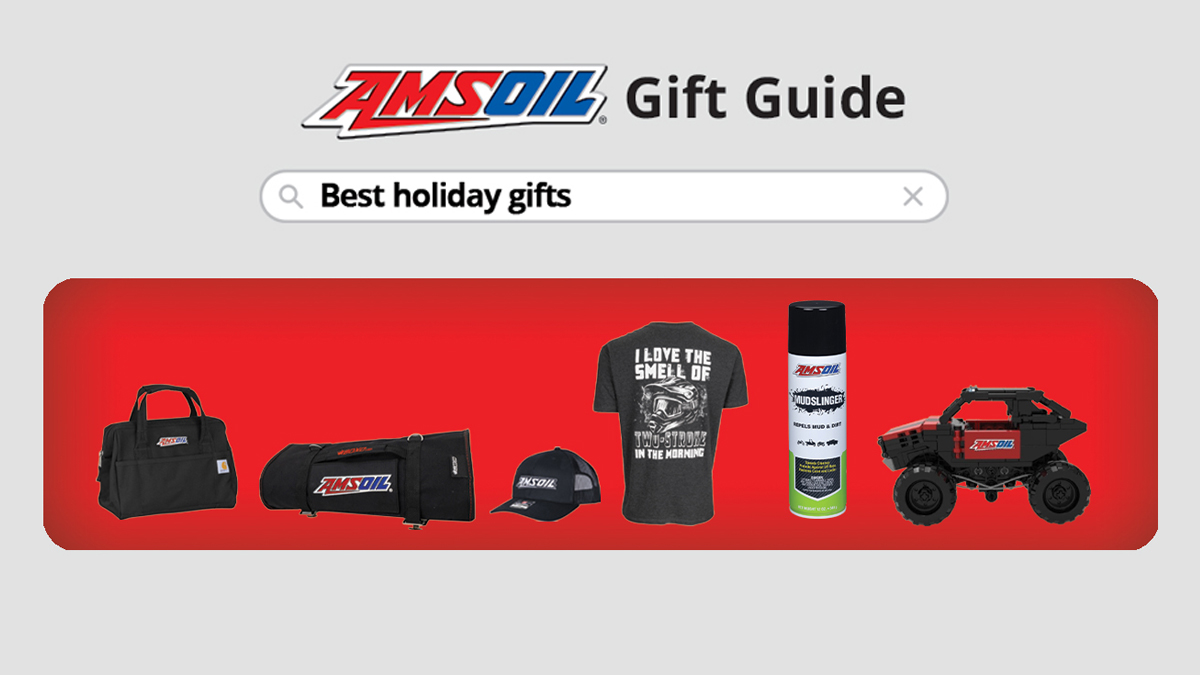
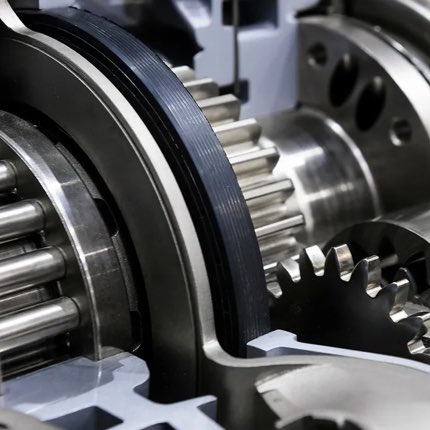
Comments
Share: